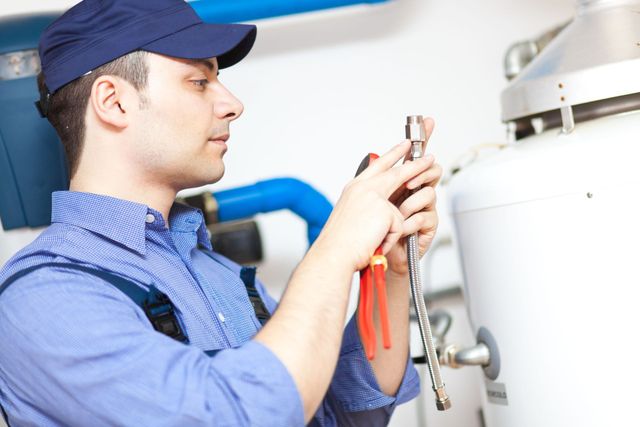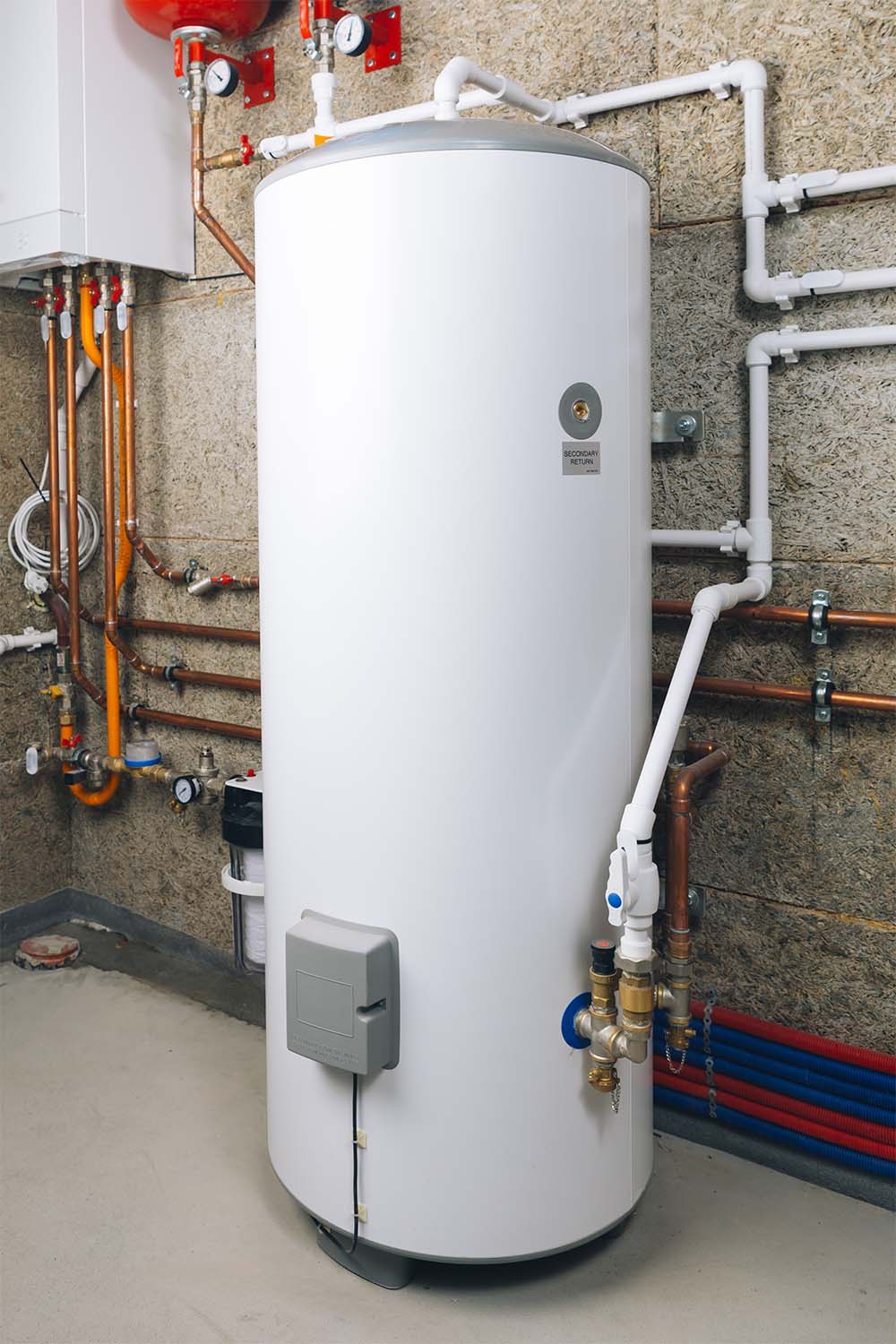Caring for Your Home's Hot Water System: Important Tips
Call TodayNearly everybody will have their private theory on the subject of What Kind of Maintenance Do Water Heaters Need?.

Warm water is necessary for everyday convenience, whether it's for a refreshing shower or cleaning recipes. To ensure your hot water system runs successfully and lasts much longer, regular upkeep is vital. This article supplies functional suggestions and understandings on how to keep your home's hot water system to avoid interruptions and costly repairs.
Intro
Keeping your home's hot water system might appear difficult, yet with a few easy steps, you can ensure it runs efficiently for years to find. This guide covers every little thing from understanding your hot water system to do it yourself upkeep tips and knowing when to hire professional help.
Value of Maintaining Your Warm Water System
Routine maintenance not just prolongs the life expectancy of your warm water system but also ensures it runs effectively. Neglecting upkeep can bring about reduced efficiency, higher power bills, and even premature failure of the system.
Indications Your Warm Water System Requirements Upkeep
Recognizing when your warm water system requires interest can prevent major concerns. Watch out for indicators such as inconsistent water temperature, weird noises from the heater, or rusty water.
Recognizing Your Warm Water System
Prior to diving into upkeep tasks, it's helpful to recognize the standard parts of your warm water system. Normally, this includes the water heater itself, pipes, anode rods, and temperature level controls.
Monthly Upkeep Tasks
Routine monthly checks can help capture small issues prior to they intensify.
Flushing the Water Heater
Purging your water heater removes sediment build-up, improving efficiency and extending its life.
Monitoring and Replacing Anode Rods
Anode rods avoid corrosion inside the storage tank. Examining and changing them when worn is important.
Inspecting and Readjusting Temperature Level Setups
Adjusting the temperature level setups makes sure optimal performance and safety and security.
DIY Tips for Upkeep
You can do a number of maintenance jobs yourself to keep your warm water system in leading problem.
Checking for Leakages
Frequently evaluate pipes and connections for leakages, as these can cause water damage and higher bills.
Evaluating Stress Relief Valves
Evaluating the pressure safety valve guarantees it operates appropriately and avoids too much stress build-up.
Shielding Pipelines
Shielding hot water pipes decreases warm loss and can save energy.
When to Call a Professional
While DIY upkeep is useful, some problems call for expert know-how.
Complicated Problems Requiring Specialist Aid
Instances include major leakages, electrical troubles, or if your hot water heater is constantly underperforming.
Regular Specialist Upkeep Perks
Professional upkeep can consist of extensive examinations, tune-ups, and making sure compliance with safety criteria.
Verdict
Routine upkeep of your home's hot water system is essential for effectiveness, durability, and cost savings. By following these tips and understanding when to look for professional assistance, you can ensure a trustworthy supply of warm water without unexpected disruptions.
How to Maintain an Instant Hot Water Heater
Before tinkering with your hot water heater, make sure that it’s not powered on. You also have to turn off the main circuit breaker and shut off the main gas line to prevent accidents. Also turn off the water valves connected to your unit to prevent water from flowing into and out of the appliance. 2. When you’re done, you have to detach the purge valves’ caps. These look like the letter “T†and are situated on either side of the water valves. Doing so will release any pressure that has accumulated inside the valves while at the same time avoid hot water from shooting out and burning your skin. 3. When the purge valves’ caps are removed, you have to connect your hosing lines to the valves. Your unit should have come with three hoses but if it didn’t, you can purchase these things from any hardware or home repair shops. You can also get them from retail stores that sell water heating systems. Read the user’s manual and follow it to complete this task properly. When the hosing lines are connected, open the purge port’s valves. 4. You should never use harsh chemical cleaners or solutions when cleaning your unit. Make use of white vinegar instead. It should be undiluted and you’ll probably use about 2 gallons. 5. Now flush your water heater. This task should probably take about 40 minutes. We can’t give you specific directions for this because the procedure is carried out depending on the type, model and brand of your heater. With that being said, refer to the user’s manual. 6. When you’re done draining the unit, you have to turn off the purge port valves again. Remove the hosing lines that you earlier installed on each of the water valves. Put the valve caps (purge port) back in their respective places and be very careful so as not to damage the rubber discs that are found inside these caps. 7. Now that everything’s back in place, check your user’s manual again to find out how to reactivate your water heating system. 8. Once it is working, turn one of your hot water faucets on just to let air pass through the heater’s water supply pipes. Leave the tap on until water flows smoothly out of it. https://www.orrplumbing.com/blog/2014/september/how-to-maintain-an-instant-hot-water-heater/

Do you enjoy more info about What Kind of Maintenance Do Water Heaters Need?? Give a remark down the page. We would be pleased to find out your suggestions about this entry. We are looking forward that you visit us again in the near future. Sharing is caring. One never knows, you may very well be doing someone a favor. Thanks a lot for your time invested reading it.
Click Here